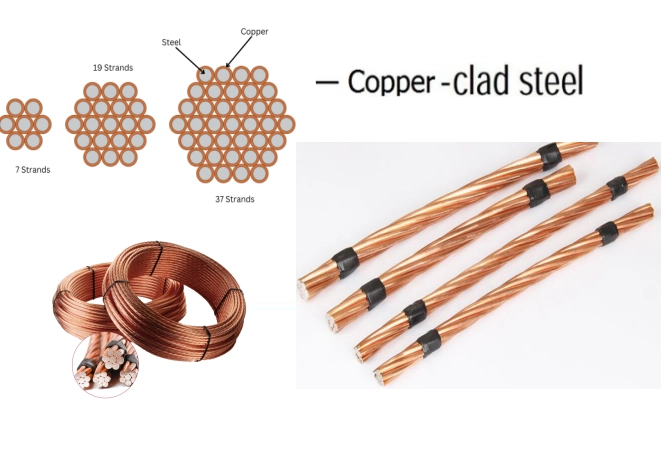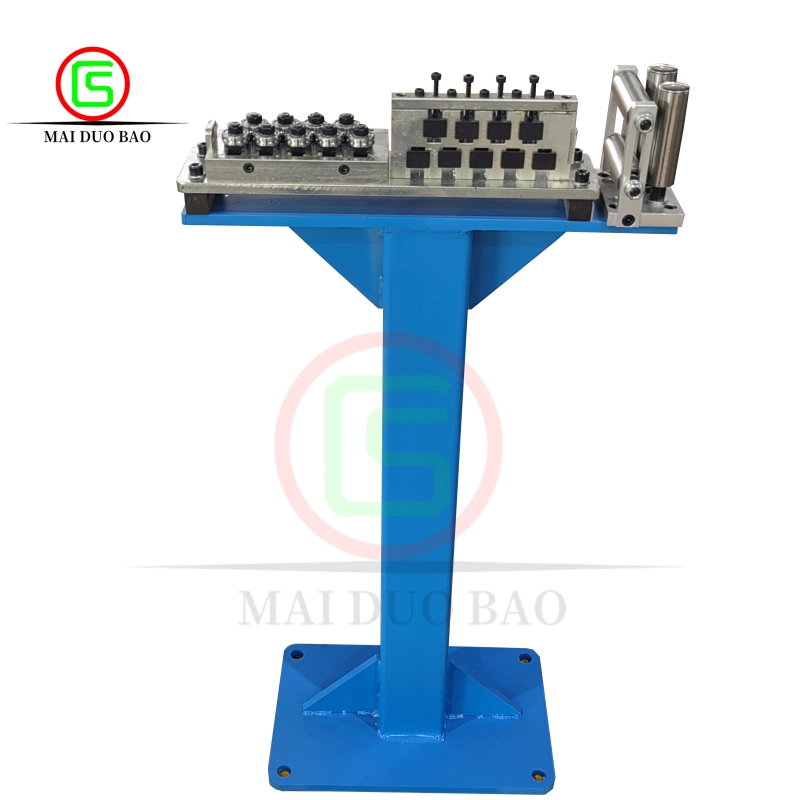In the realm of HVAC (Heating, Ventilation, and Air Conditioning) systems, the terms supply fan and exhaust fan are frequently encountered. While both types of fans play crucial roles in maintaining indoor air quality and comfort, they serve distinct functions and operate under different principles. This article delves into the nuances of supply fans and exhaust fans, exploring their specific roles, applications, and the implications of their use in various environments.
The Role of Supply Fans
Supply fans are integral components of ventilation systems, designed to introduce fresh air into a space. Their primary function is to ensure a continuous flow of conditioned air, which is essential for maintaining a comfortable and healthy indoor environment. Here are some key characteristics and functions of supply fans:
- Air Quality Improvement: Supply fans help to dilute indoor pollutants, such as volatile organic compounds (VOCs), carbon dioxide, and other contaminants. By bringing in fresh outdoor air, they contribute to better indoor air quality (IAQ).
- Temperature Regulation: These fans are often paired with heating or cooling systems to regulate temperature. In winter, they can help distribute warm air, while in summer, they can assist in circulating cool air.
- Pressure Management: Supply fans can create positive pressure within a building, which helps to prevent the infiltration of unconditioned air and moisture from outside. This is particularly important in environments where maintaining specific pressure levels is critical, such as laboratories or clean rooms.
- Energy Efficiency: Modern supply fans are designed with energy efficiency in mind. Variable speed drives (VSDs) and advanced control systems allow for precise airflow management, reducing energy consumption while maintaining optimal performance.
The Function of Exhaust Fans
In contrast, exhaust fans are designed to remove stale or contaminated air from a space. Their primary role is to expel air that has been compromised by humidity, odors, or pollutants. Here are some essential aspects of exhaust fans:
- Humidity Control: Exhaust fans are commonly used in areas prone to moisture accumulation, such as bathrooms and kitchens. By removing humid air, they help prevent mold growth and structural damage.
- Odor Removal: In commercial kitchens, restrooms, and industrial settings, exhaust fans play a vital role in eliminating unpleasant odors, ensuring a more pleasant environment for occupants.
- Air Quality Maintenance: Similar to supply fans, exhaust fans contribute to maintaining good IAQ by removing airborne contaminants. This is particularly important in spaces where chemical processes occur, such as laboratories or manufacturing facilities.
- Negative Pressure Creation: Exhaust fans create negative pressure within a space, which can be beneficial in certain applications. For example, in fume hoods, negative pressure helps contain hazardous fumes, preventing them from escaping into the surrounding area.
Key Differences Between Supply Fans and Exhaust Fans
While both supply and exhaust fans are essential for effective ventilation, their differences are significant:
- Airflow Direction: The most fundamental difference lies in their airflow direction. Supply fans introduce air into a space, while exhaust fans remove air from it.
- Purpose and Functionality: Supply fans focus on enhancing indoor air quality and comfort by providing fresh air, whereas exhaust fans are primarily concerned with removing stale air and contaminants.
- Pressure Dynamics: Supply fans typically create positive pressure, which helps to keep unconditioned air out, while exhaust fans create negative pressure, which can facilitate the removal of unwanted air.
- Applications: Supply fans are commonly found in HVAC systems for residential and commercial buildings, while exhaust fans are prevalent in kitchens, bathrooms, and industrial settings where air quality and humidity control are critical.
Conclusion
Understanding the differences between supply fans and exhaust fans is crucial for anyone involved in HVAC design, installation, or maintenance. Each type of fan serves a unique purpose and plays a vital role in ensuring a healthy and comfortable indoor environment. By leveraging the strengths of both supply and exhaust fans, building owners and facility managers can optimize air quality, enhance energy efficiency, and create spaces that promote well-being. As technology continues to evolve, the integration of advanced fan systems will further improve the effectiveness of ventilation strategies, paving the way for healthier indoor environments.

